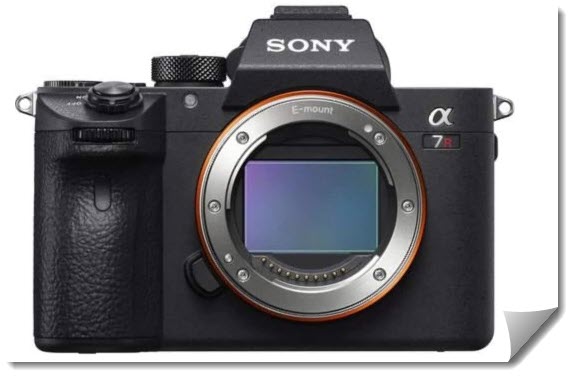In a study conducted by Mobiles.co.uk, 61% of people claimed that they use their smartphones to take pictures every day. So the camera quality is on the top priority list for most smartphone buyers.
To meet this demand, smartphone makers are equipping their cameras with the latest, most innovative technologies. In this article, learn about some camera features you must look for in a smartphone, like Huawei Y5 2019 and upwards.
High-Quality Front Camera
Selfie is now a real word, and front-facing cameras are as important as the rear camera, if not more. Front cameras are always inferior to back-facing cameras. And the reason is rear cameras are provided with sophisticated lenses and sensors to capture distant objects. But most of the things lack in the front cameras, and they’re only meant for selfies and group photos.
Within a budget range, you’ll find a smartphone with a high-quality front-facing camera. 5 MP to 8 MP is standard for a front-facing camera. Other things to look for are the shutter speed and ISO.
Bright Aperture and LED Flash
Want to click super awesome photos in low light? Then your camera should have a Bright Aperture in place. It is equivalent to the iris of the eye. The iris contracts and expands depending on the brightness, thus controlling the size of the pupil.
Similarly, the Aperture expands when there’s low light, allowing more light to reach the camera sensors. The result is a brighter, clearer photo, even in low light.
To get the best results in darkness, it’s better if the phone comes with LED flashlights.
The Aperture and LED flashlights together enable you to take amazing photos in the dark.
HDR
HDR stands for High Dynamic Range, which is a basic concept in photography. Now smartphone companies are integrating it into their cameras. The feature helps you with balancing the shadows to highlights, also known as dynamic range. It will come in handy when you’re capturing landscape or outdoor portraits where there are so many backlit scenes.
In this mode, your phone captures multiple images and adds them up to create a final image. So avoid it when there’s so much motion in the background.
Optical Image Stabilization
Not all people handling the smartphone camera have a stable hand. When you take the pictures with shaking hands, the images will blur. That’s when the Optical Image Stabilization feature will improve your photos. It does this by controlling the path of the image as it travels through the lens. So vibration doesn’t affect the light once it enters the lens.
Not only photos, but the OIS feature will also improve your videos. The feature is mostly provided in high-end smartphones. But companies are innovating to include OIS in budget-range phones too.
Camera Controls
You should check for the features that are offered when you’re clicking the pictures. The settings will be provided on the screen itself when you open the camera app. So you’ll most probably have a pro and manual mode. You’ll have the option to edit ISO, shoot in RAW mode, and adjust composition, among others. High-end phones will have the ability to blur the background, but you can disable this feature.
ISO is a separate feature in itself. The ISO control lets you adjust the lighting level in the picture. These custom settings go a long way if you want to click the best photos or shoot the best videos.
Many budget-friendly phones like the Huawei Y5 2019 version have most of the features mentioned above. These features will suit both amateur and professional photographers. You can further enhance the photos using photo editing apps. But the picture taken using the lens will serve as the base. Therefore, it’s essential to ensure your next smartphone has got the camera features mentioned above.


























